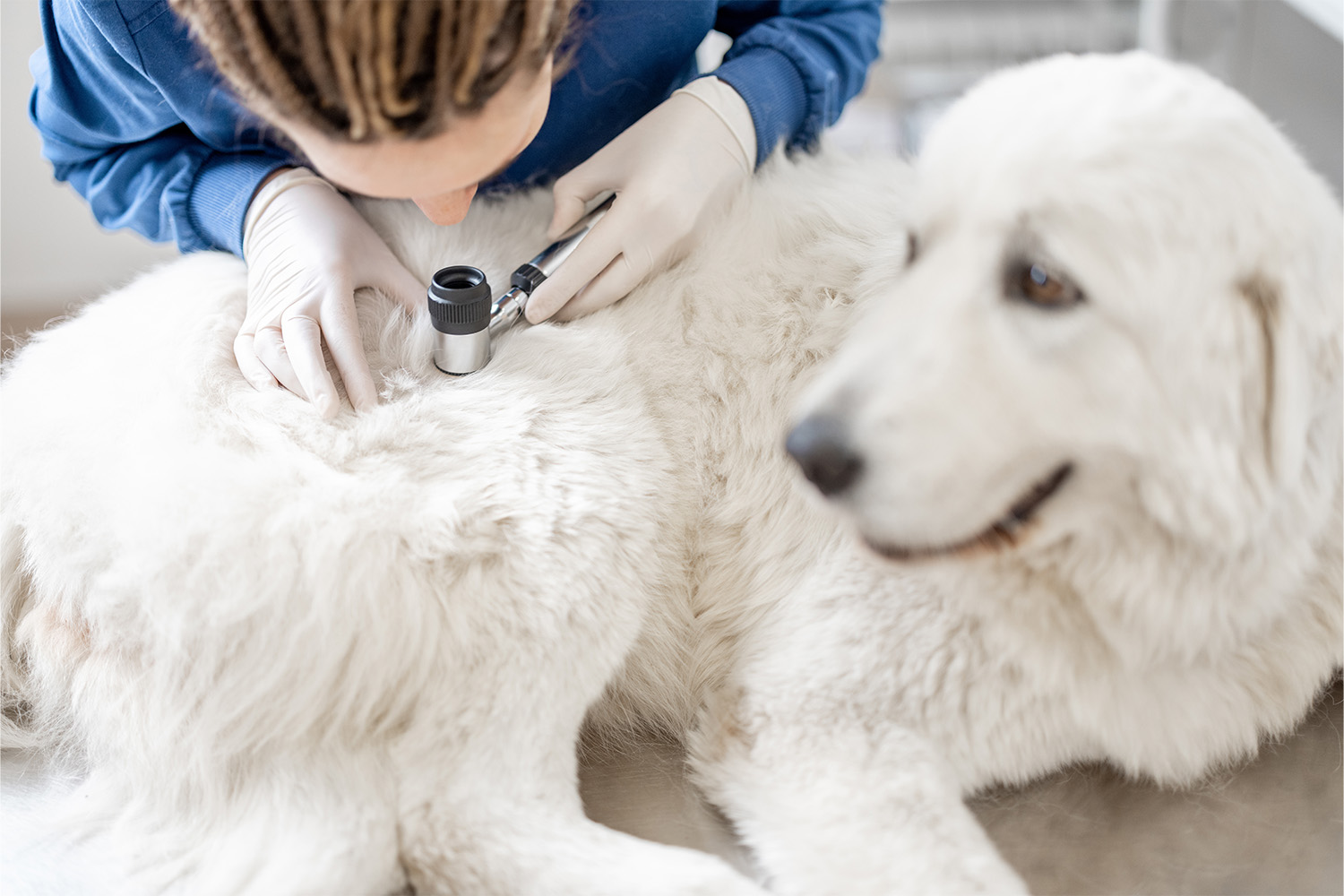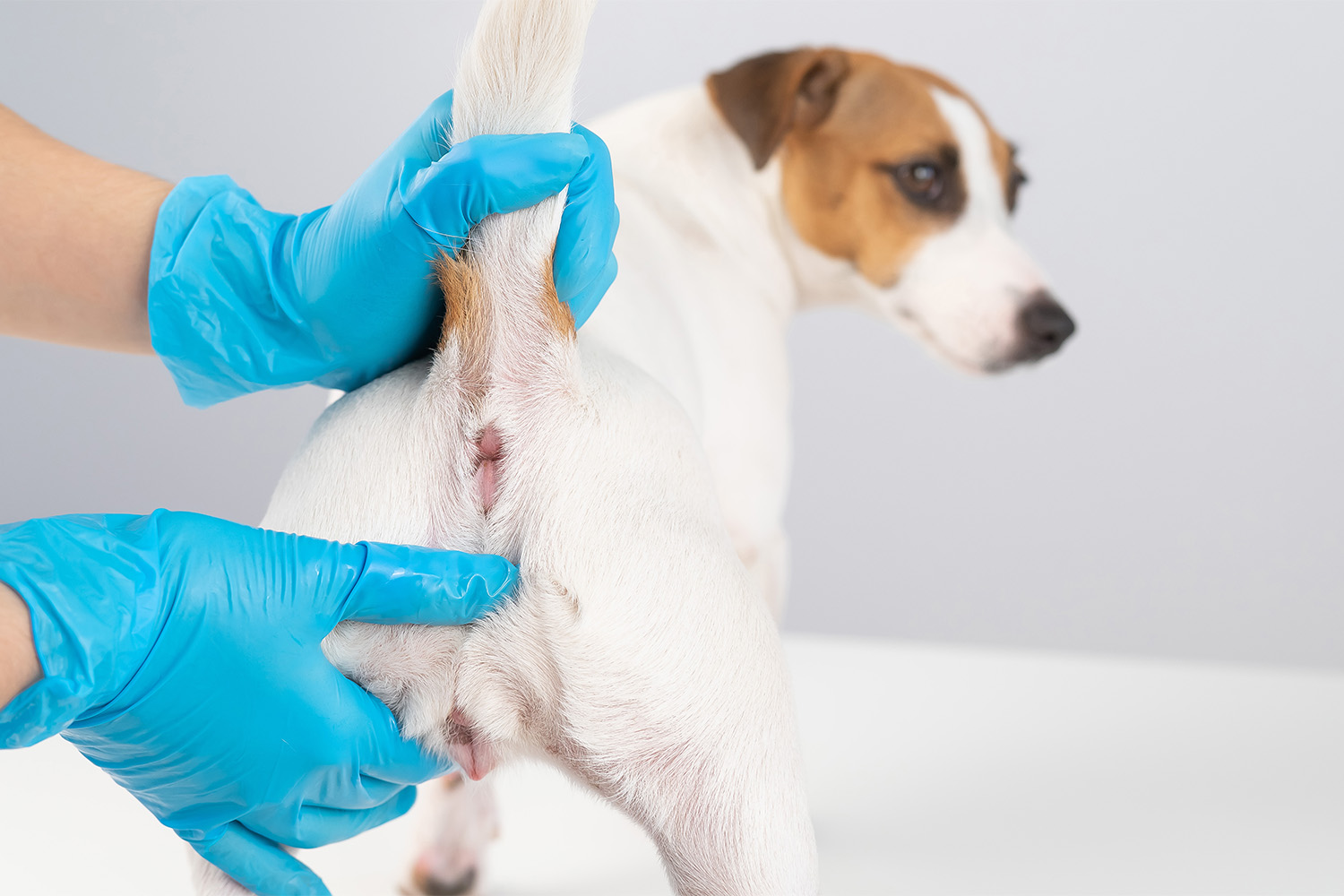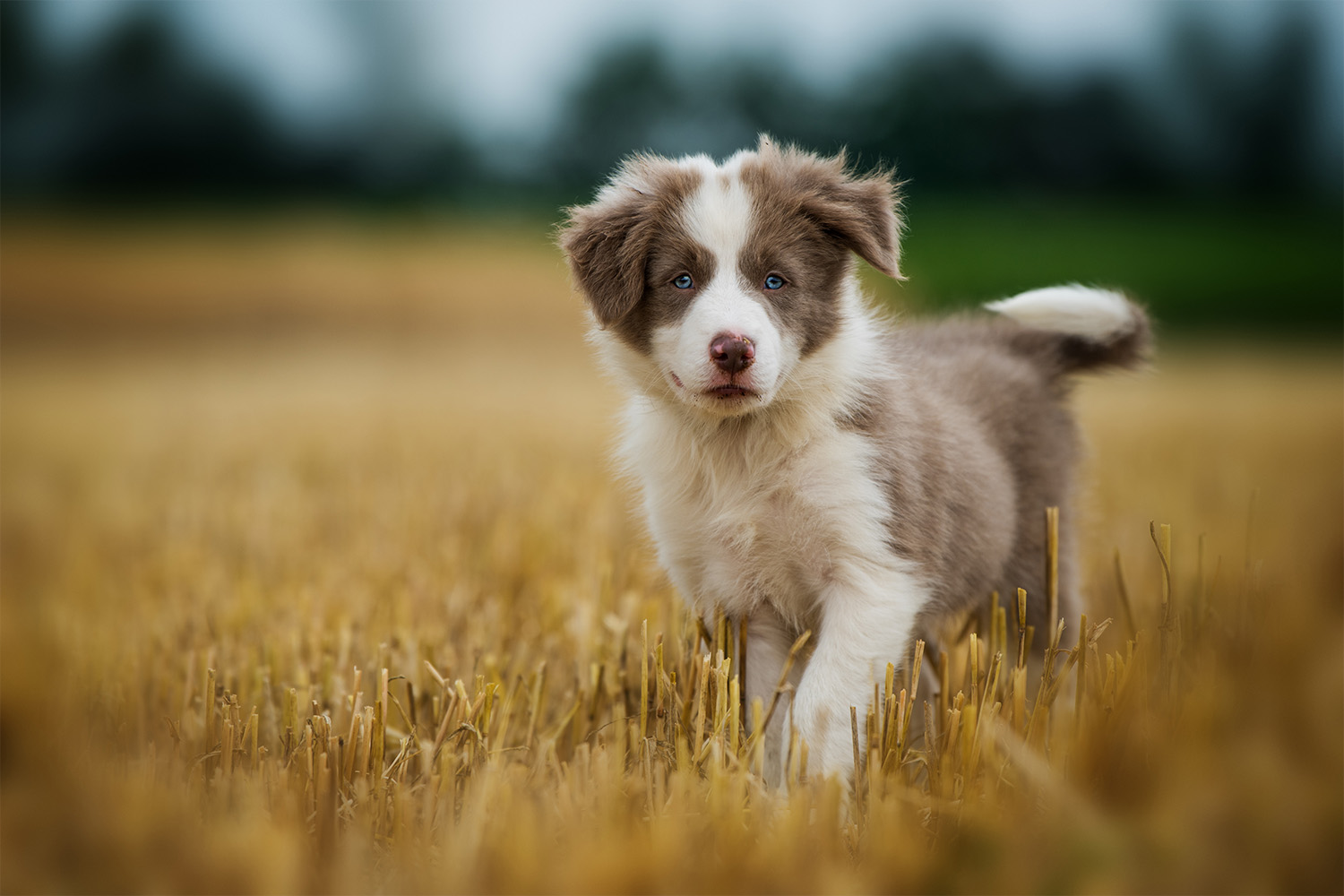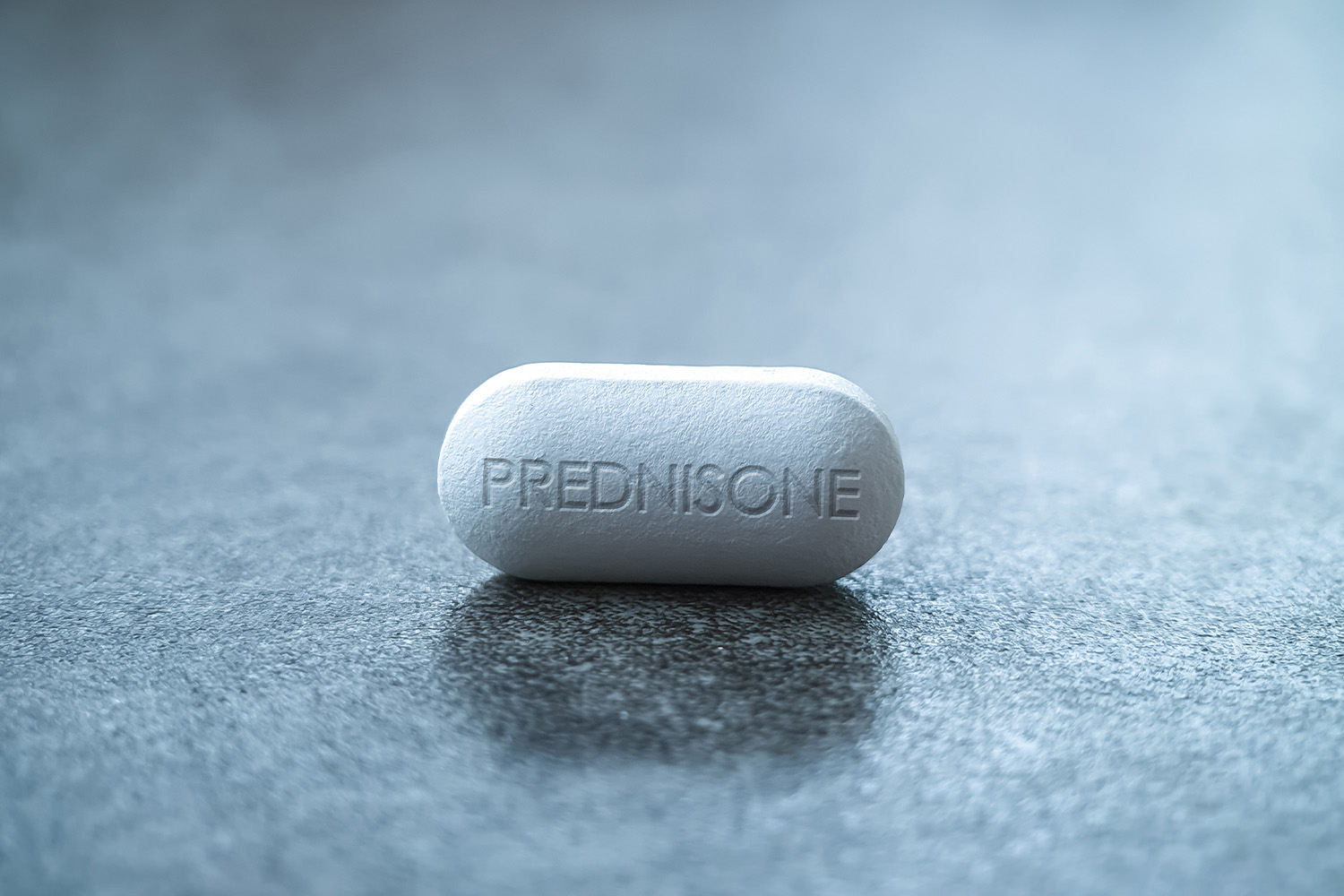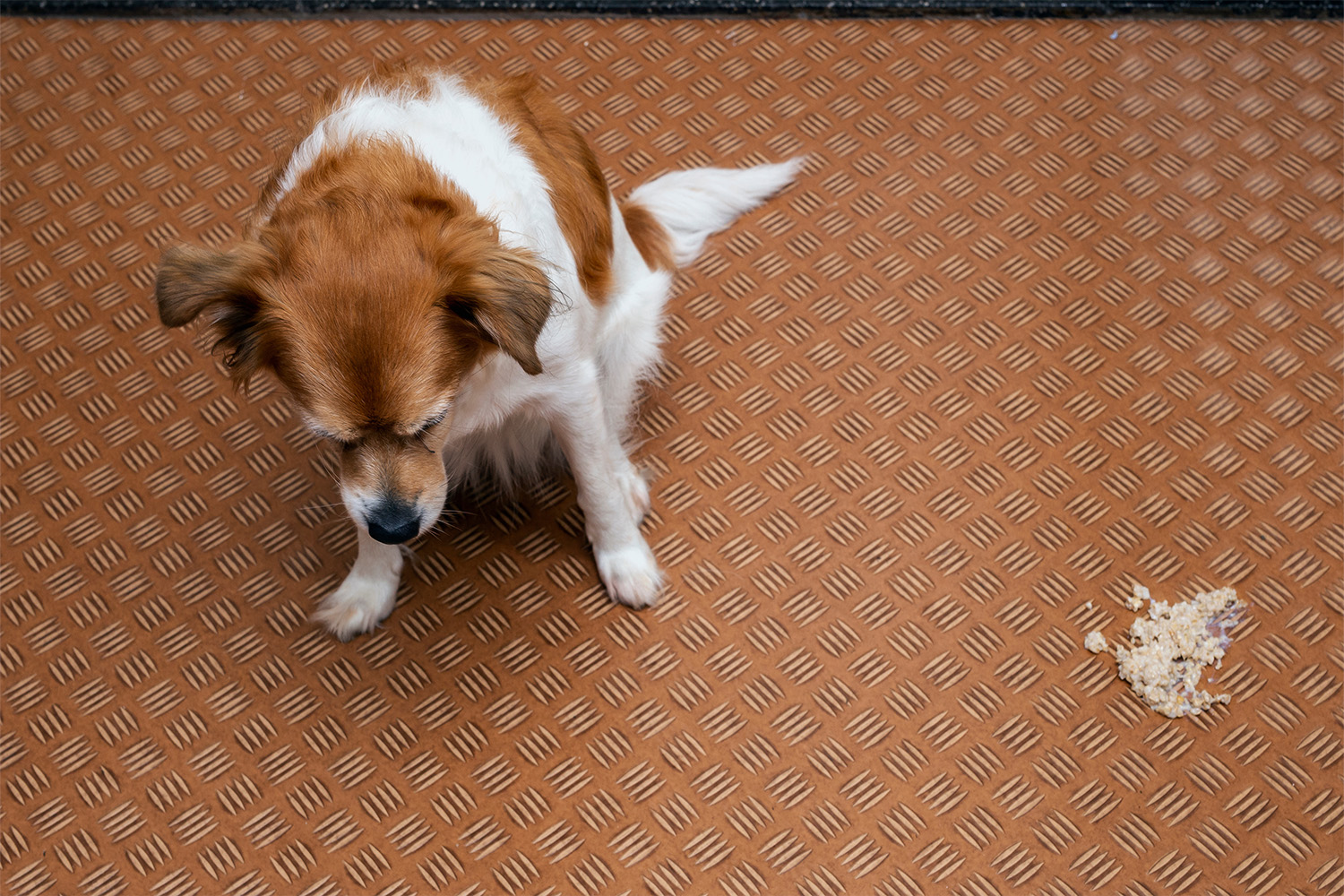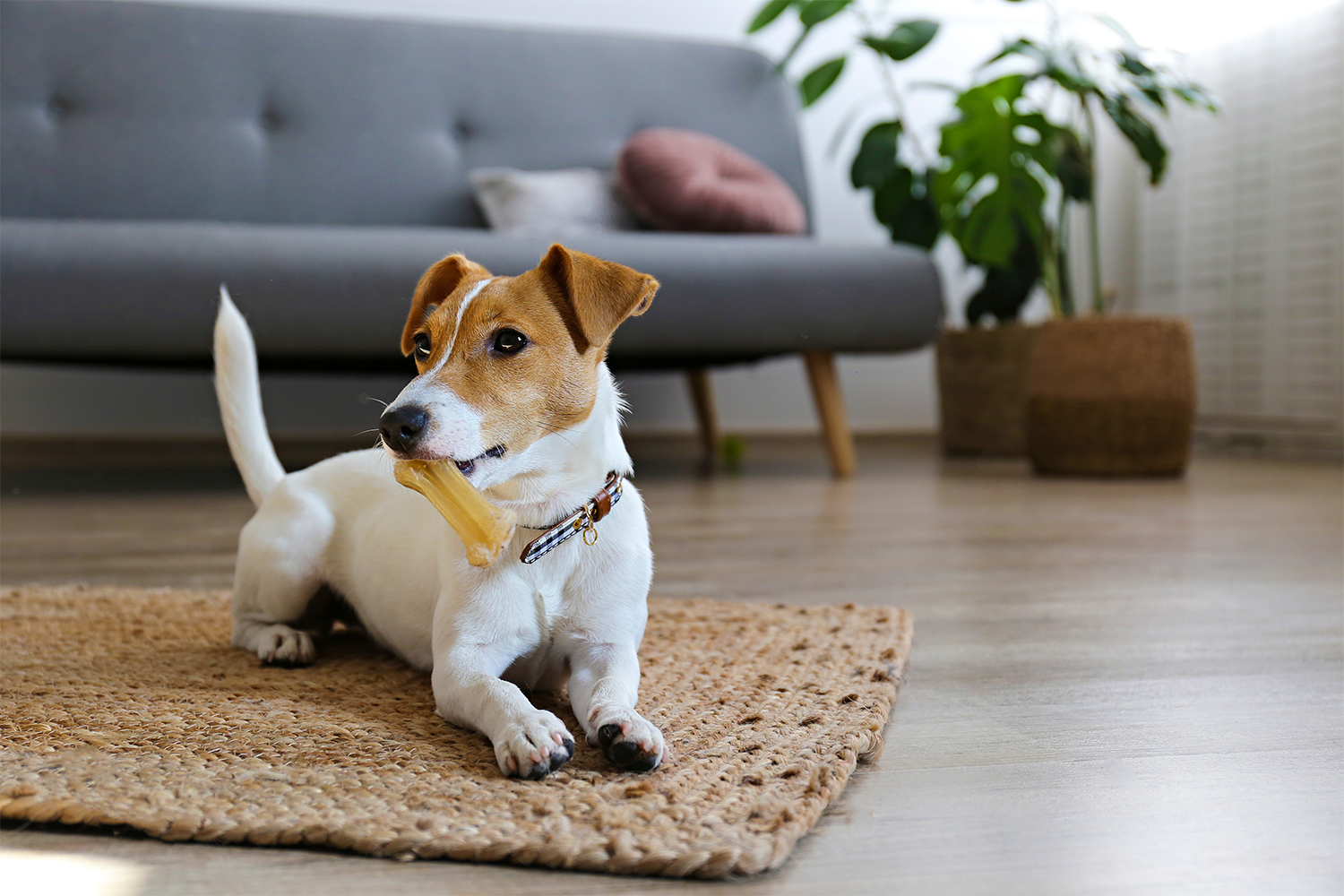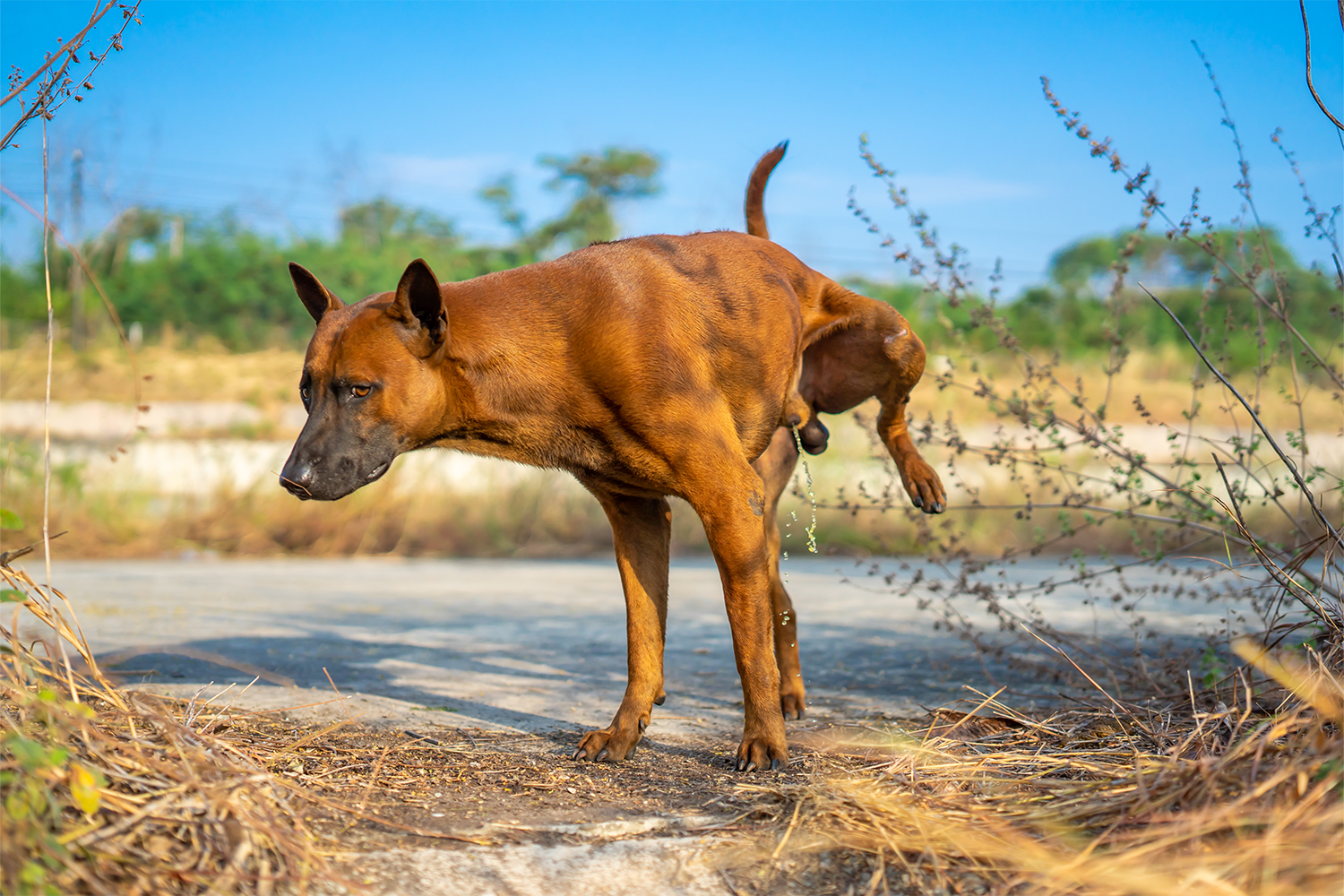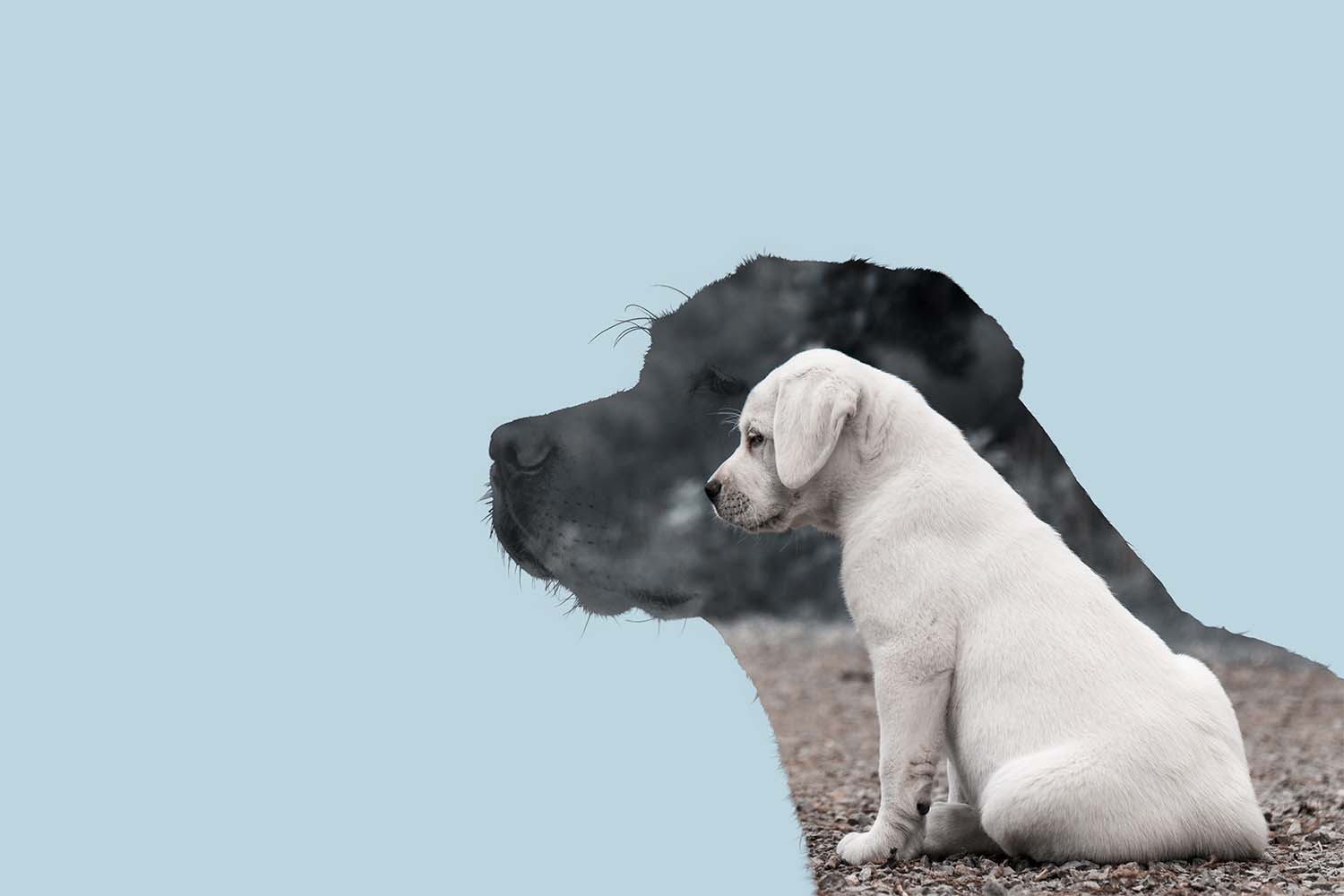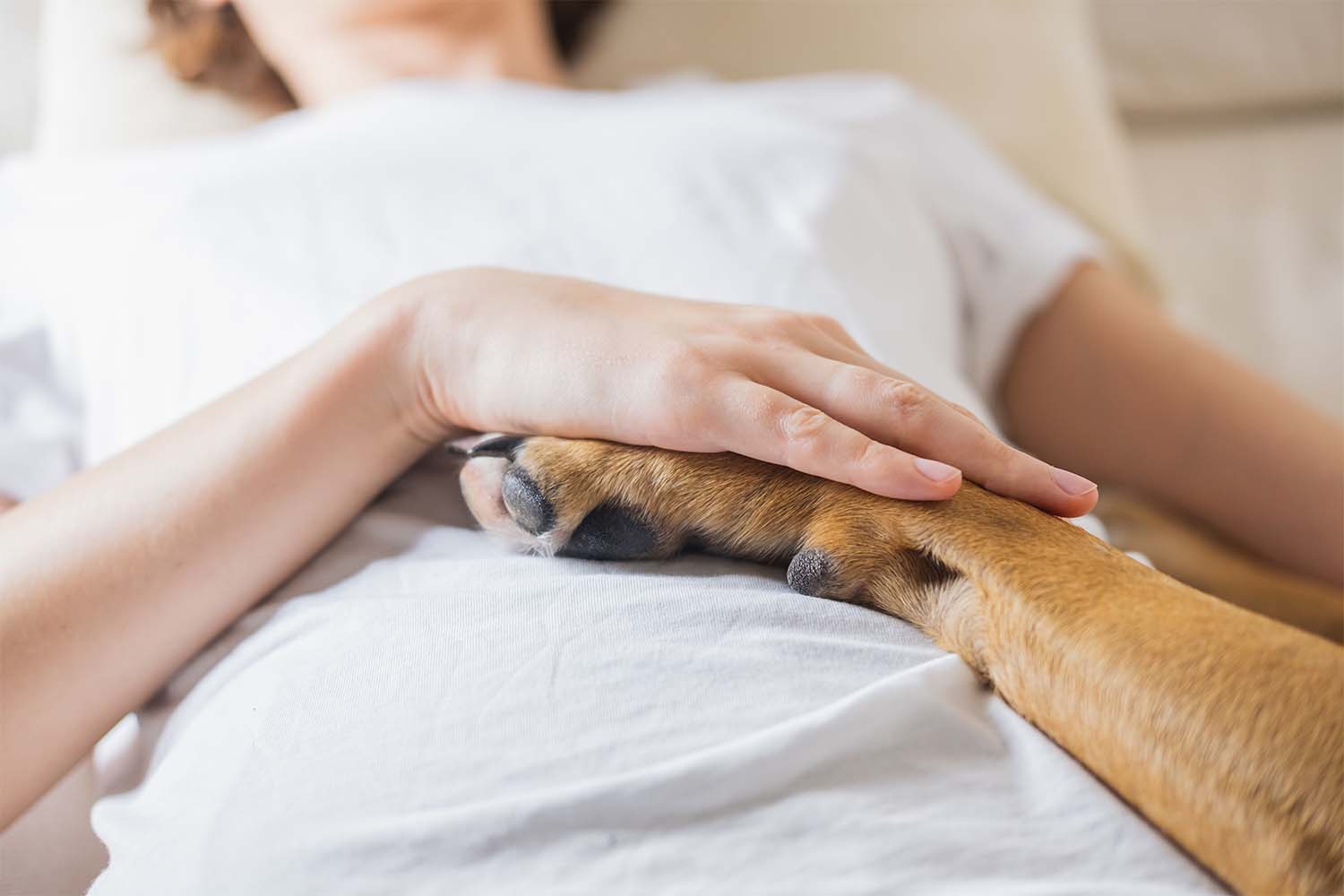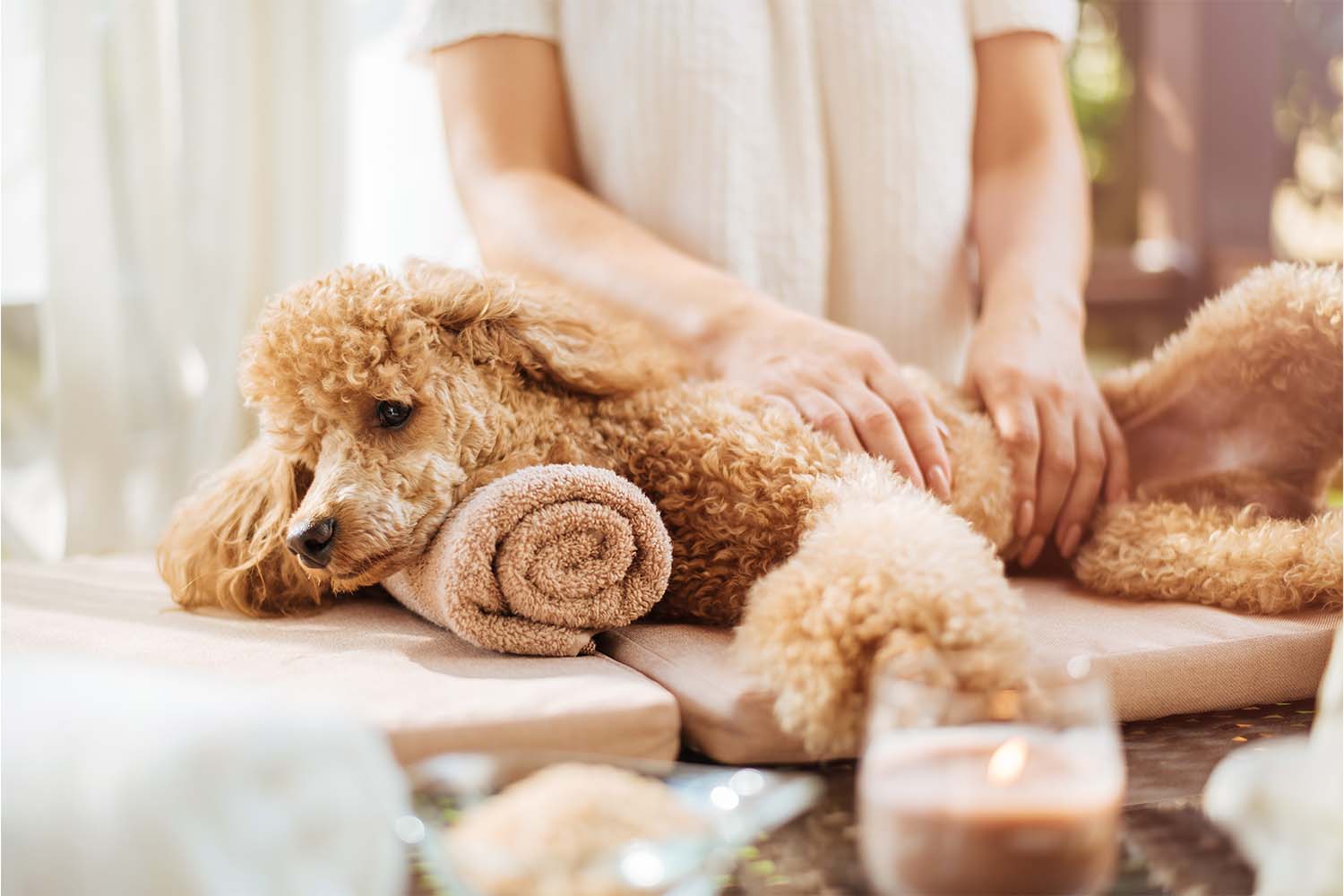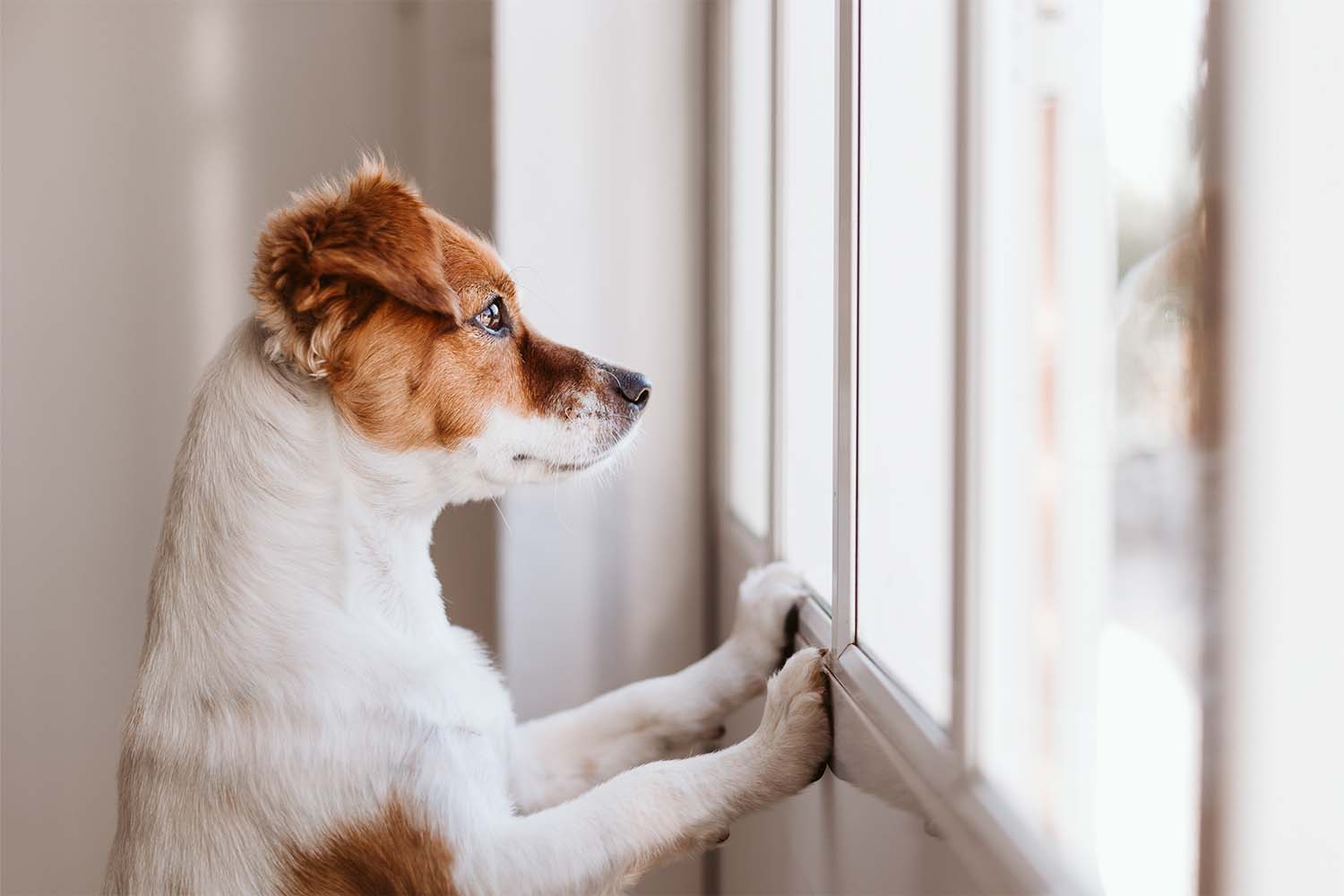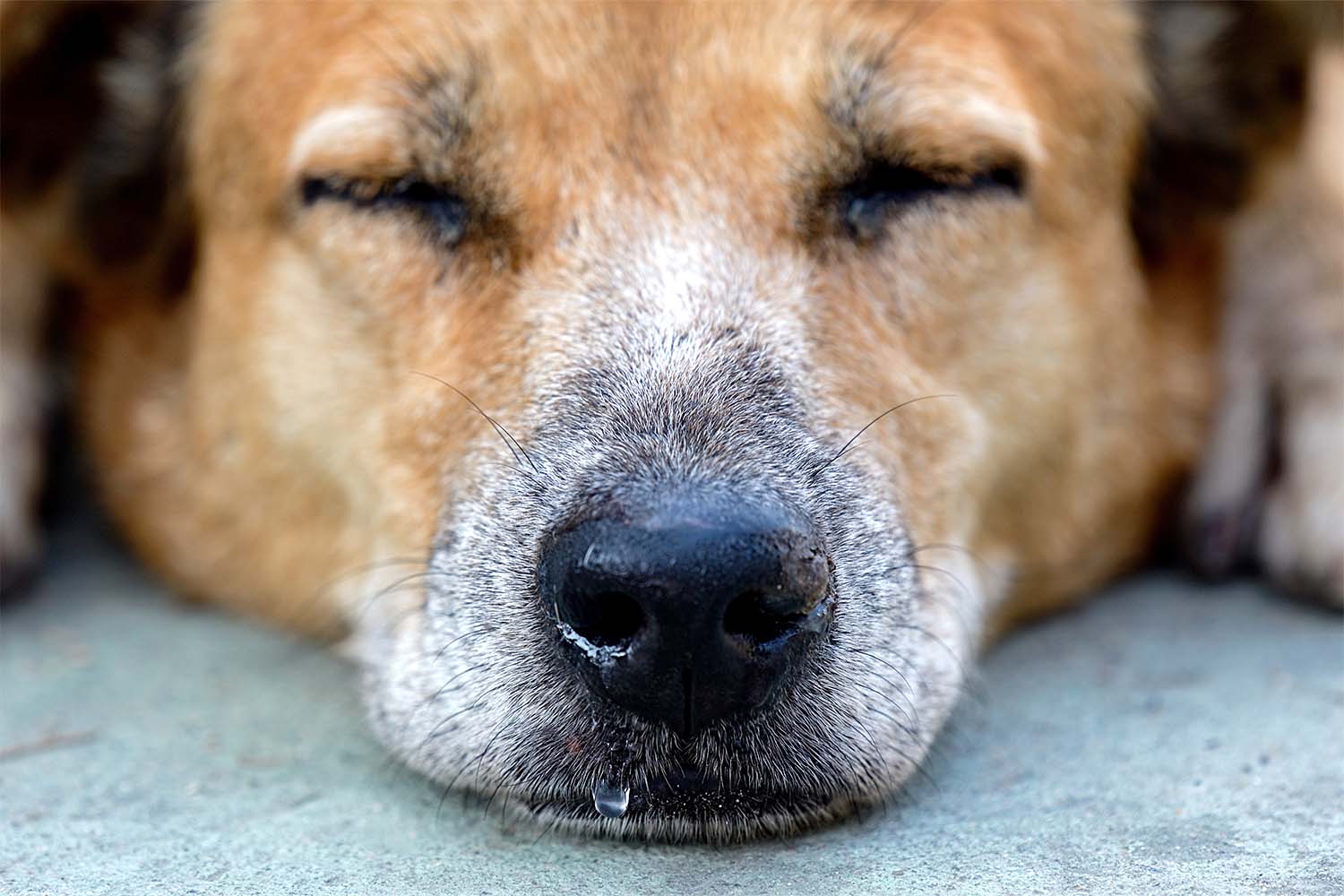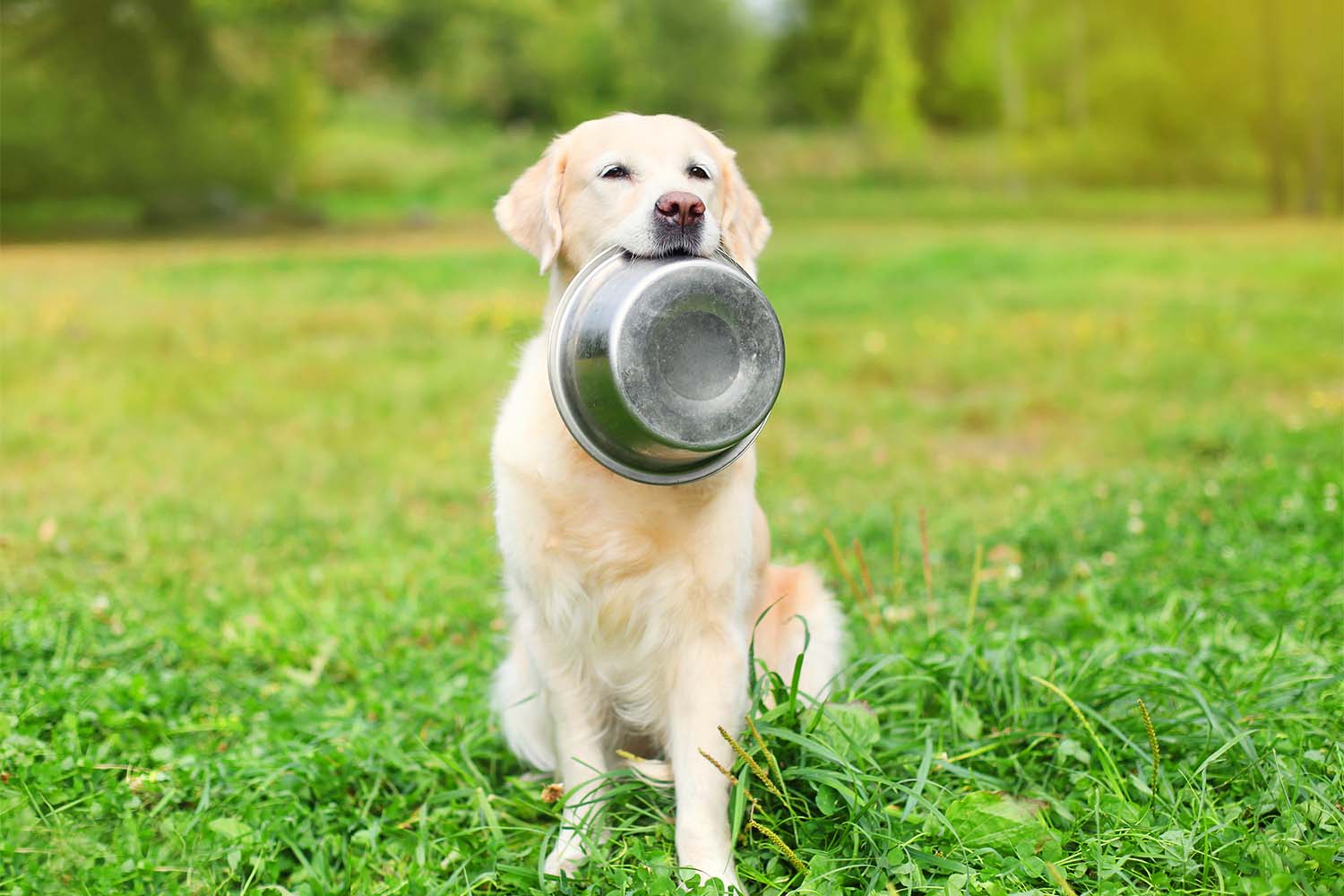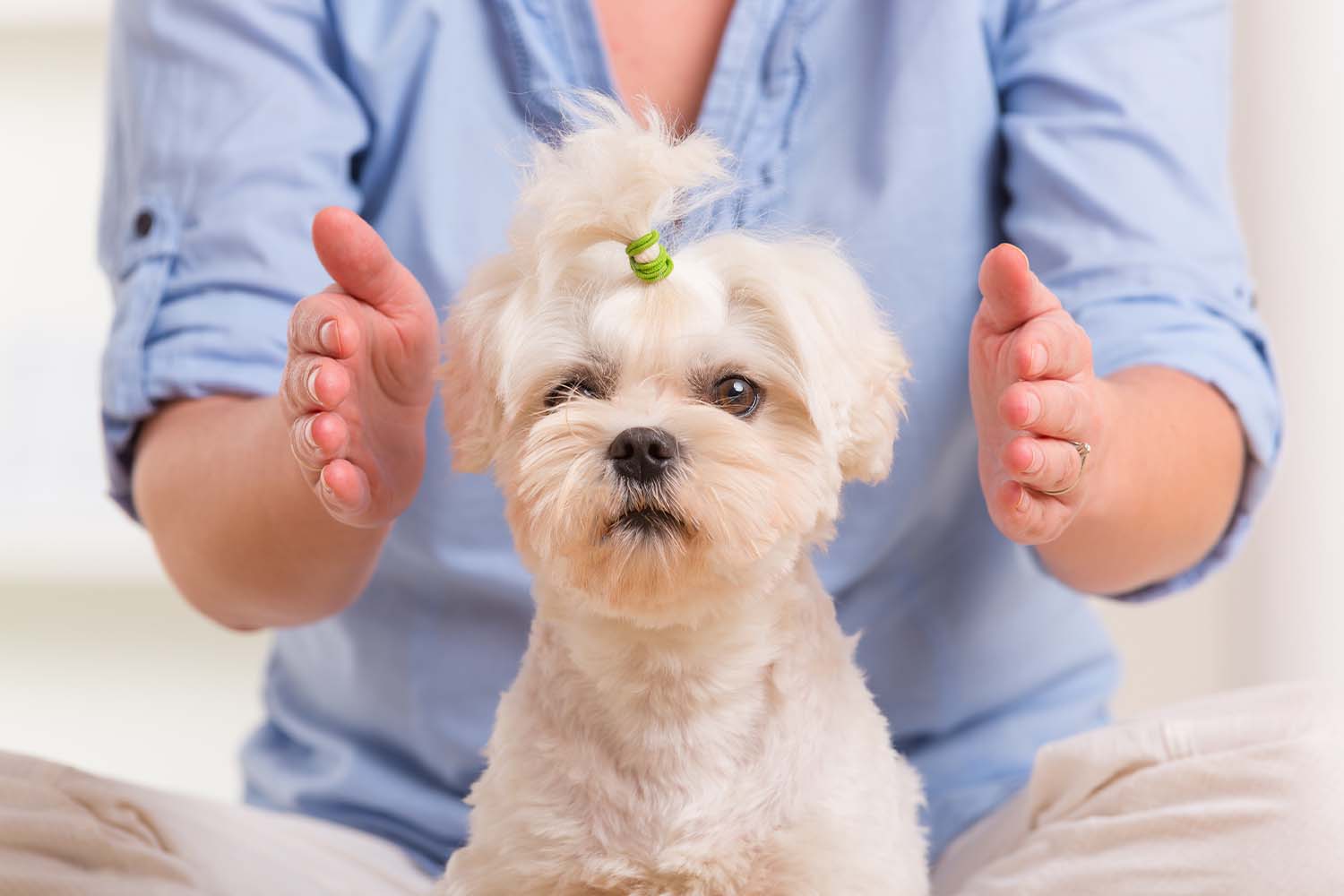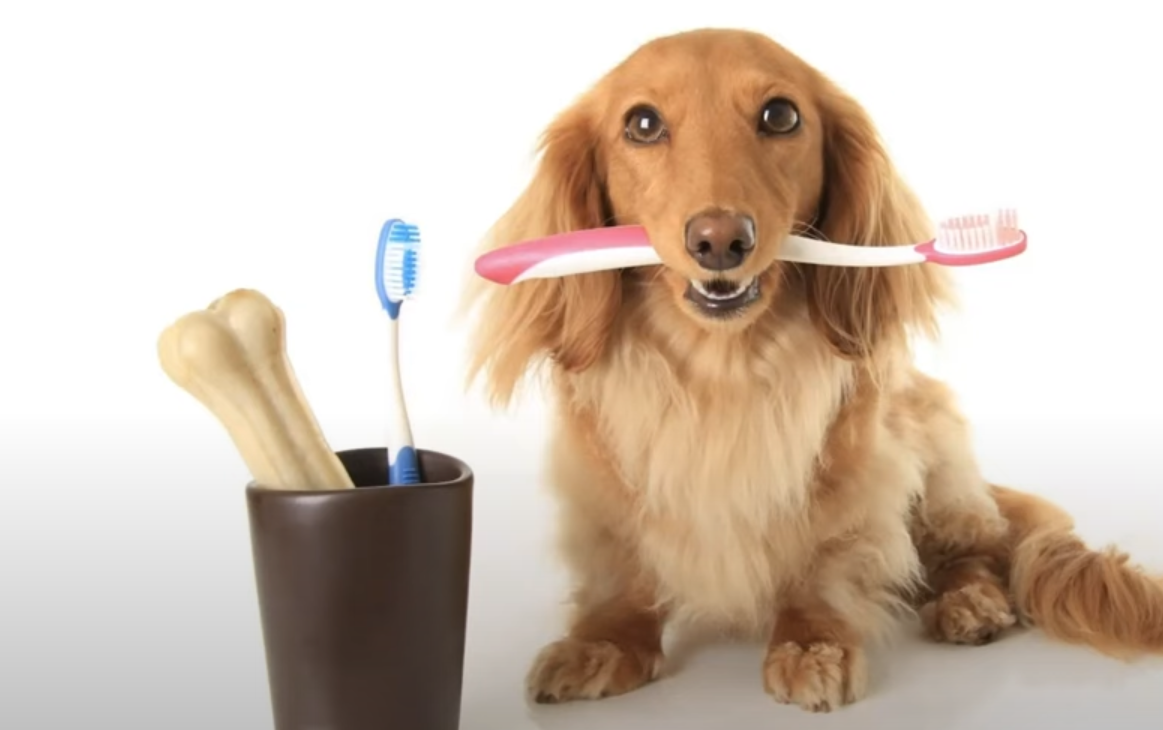As a dog lover, you probably notice even the slightest change in your dog’s behavior or appearance. You’re the one that is likely petting your dog all over and feeling their every nook and cranny. So, if you come across a change in the feeling or look of their skin, you will likely notice it.
If you see black spots on your dog’s skin, the first thing you might want to do is panic, but we urge you not to. Black spots on a dog’s skin are common appointments in veterinary offices, so your dog will be in good hands.
These spots can pop up anywhere but are most frequently near the underbelly and genitals. This condition is often referred to as “hyperpigmentation.” It can happen to any dog of any age and can allude to something else going on related to your dog’s health, but it’s not always life-threatening. That being said, your dog might be due for some vet care.
Keep reading to learn more about black spots and hyperpigmentation on your beloved pet.
Black Spots and Hyperpigmentation
If black spots have begun forming on your pup’s skin, it could be due to hyperpigmentation. This refers to when your dog starts producing higher amounts of melanin, which makes their skin’s natural pigmentation darker. This might become most noticeable on dogs with lighter coat colors than on darker-coated dogs.
These spots can come from aging, intense friction in one area, or even sun exposure. For the most part, hyperpigmentation could be harmless. As with anything, you’ll want to watch to see if new, unusual, or worrisome behaviors begin. For example, if your dog starts scratching, licking, or rubbing those areas, there might be something else going on.
Hyperpigmentation: What To Watch Out For
Hyperpigmentation is usually a sign that something else is going on. There might be other symptoms that accompany hyperpigmentation, but it’s not necessarily a diagnosis. It is not a specific disease you can treat but a symptom itself. Your dog might have skin that becomes hyperpigmented due to several different reasons.
Along with black spots showing up, you might notice that the skin becomes irritated. It might become rough or red, with the possibility of hair loss. It’s possible that your dog also experiences scaliness or itchiness around the black spot.
Some dogs experience hyperpigmentation that is moist, and others experience black spots that are very dry. It’s completely random and might be dependent on the kind of dog and the specific situation.
When your dog is experiencing other symptoms along with hyperpigmentation, consult with your veterinarian to find out about underlying conditions.
Is Hyperpigmentation a Primary or Secondary Condition?
Hyperpigmentation is a secondary condition, meaning that it is a secondary effect. It’s usually the result of something else. In many cases, these spots could form after skin trauma or due to the natural process of aging.
What might accompany black spots on a dog’s skin is an underlying skin-related issue. If you can figure out the underlying problem, you’ll have a much easier time learning how to treat hyperpigmentation and ensure your dog is comfortable.
What Causes Black Spots?
Black spots can show up on a dog at any point. If you notice black spots on your dog, you shouldn’t jump to the worst conclusion. First, consider if there have been any changes in their diets, behaviors, medications, or life that might be causing added stress or discomfort.
Some of the more common reasons why black spots might appear on your dog are:
- Trauma: When a dog undergoes trauma to a certain body part, either from an injury or surgery, they might experience hyperpigmentation. The skin cells will go into repair mode and will release more melanin to protect the damaged skin.
- Allergies: If your dog has an allergic reaction to something in their food or environment, it may cause black spots on the skin. You may not be able to cure them, but you can manage allergies to help soothe the skin.
- Aging: As dogs age, they are more likely to experience hyperpigmentation. Monitoring your pup’s spots can help you protect your dog’s health.
Can These Spots Be Cancerous?
Unfortunately, these spots can be an indicator of melanoma cancer, but this is not always the case. These spots might be malignant (cancerous) or benign, but it will take further testing to provide you with exact answers. Cancerous melanomas are more likely to be found in hairless dogs, and these spots might grow quickly. If there is any rapid change in a black spot, you should reach out to your veterinarian immediately.
Skin cancer is the most common type of canine cancer. A range of culprits could be to blame, including UV radiation, chemicals, and more.
Benign melanoma should still be monitored for any change, but they usually just appear underneath the hair and are a few shades darker than the normal skin color. They might grow and change but at a much slower pace. They are viewed as not much more than a freckle!
The only way to know if a spot is benign or malignant is to book an appointment with your vet as soon as possible.
What About Black Spots That Look Like Dirt?
If there are flecks of dirt on your dog’s skin (usually on their underbelly) that you can never wipe off, your dog might be dealing with a yeast infection. This kind of infection is nothing to worry about and is easily treatable. This is caused by a fungus that grows in the darker and danker spots of the dog’s body, like ear canals and the groin area.
Your vet might recommend bathing your dog with special shampoo. If the yeast infection requires more care, your vet might be able to prescribe an ointment to assist with the treatment.
Treatment for Black Spots
If your dog has black spots, you’ll need them to receive a full evaluation by a veterinarian. The best way to figure out why your dog has black spots is to determine the underlying cause. If your dog has hyperpigmentation, there will generally be a reason for it — it’s just a matter of figuring it out.
If they’ve received a trauma to that area recently, it’s important they recover using the proper materials. If your dog has a skin infection, they should be prescribed the proper antibiotics and ointments needed to help resolve the issue. Managing their allergies can also help with hyperpigmentation as soon as you figure out what they’re allergic to.
With aging dogs, keep them as comfortable as possible and don’t let them irritate those areas any further. Keeping your little guy happy and comfortable is the goal!
Get Help With AskVet
Before you jump to conclusions, reach out to the professionals at AskVet, via our app and subscription for only $9.99/month. The Certified Pet Lifestyle Coaches™ at AskVet are available to answer all your pet-related medical and behavioral questions. So if something seems to be going wrong, or even if you just have a question about your pet, we are here 24/7.
For a 360° pet wellness plan, schedule an appointment with a Certified Pet Lifestyle Coach™ (CPLC) and have all your questions answered.
Sources:
Hyperpigmentation (Acanthosis Nigricans) in Dogs – Dog Owners | Merck Veterinary Manual
Cutaneous hyperpigmentation in dogs | NCBI
Comparative Aspects of Canine Melanoma | NCBI
Understanding principal and secondary conditions | The Loop
Dog Skin Cancer: Types, Symptoms, and Treatment | American Kennel Club

